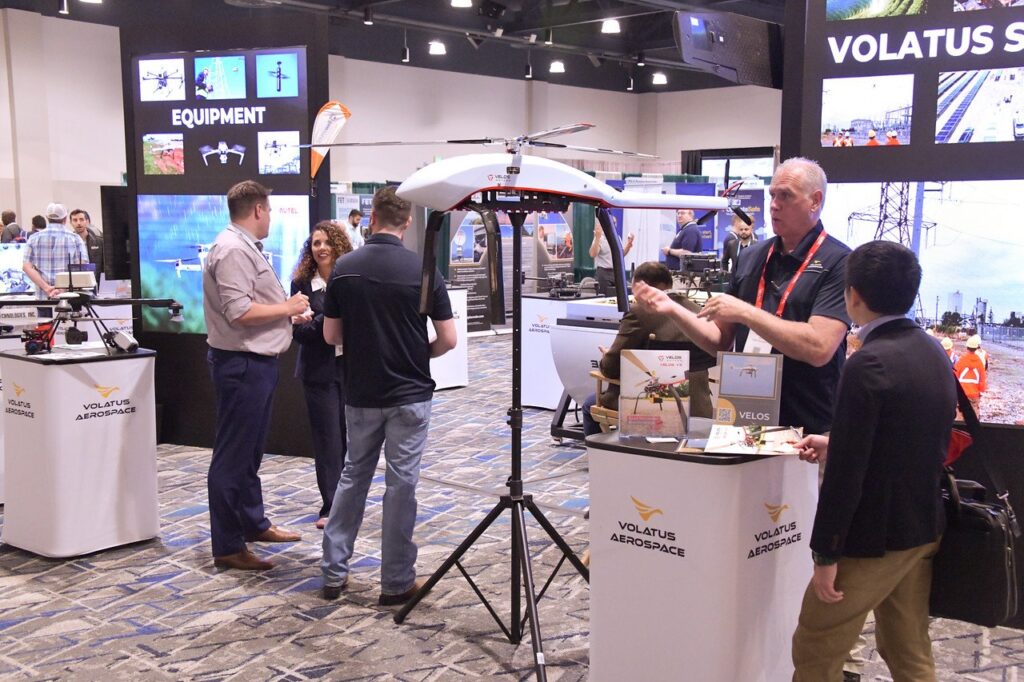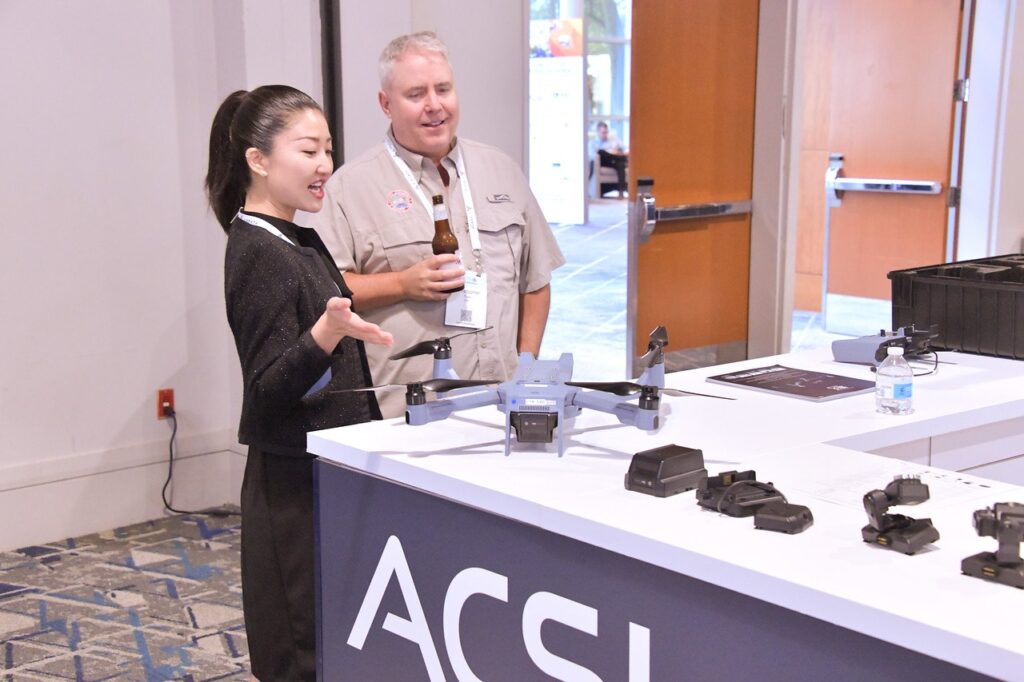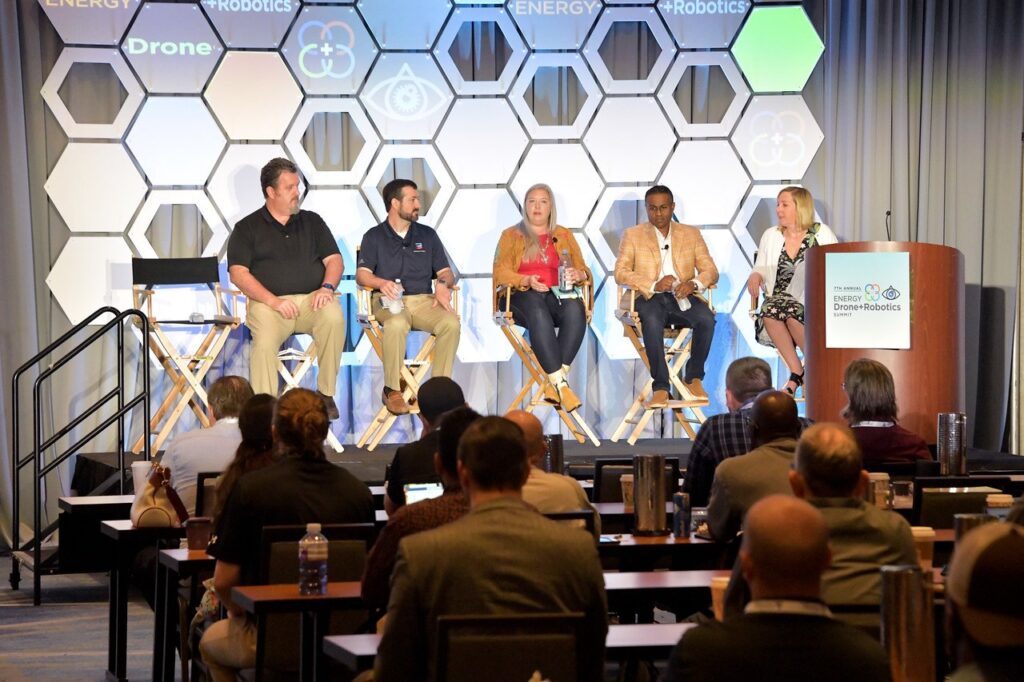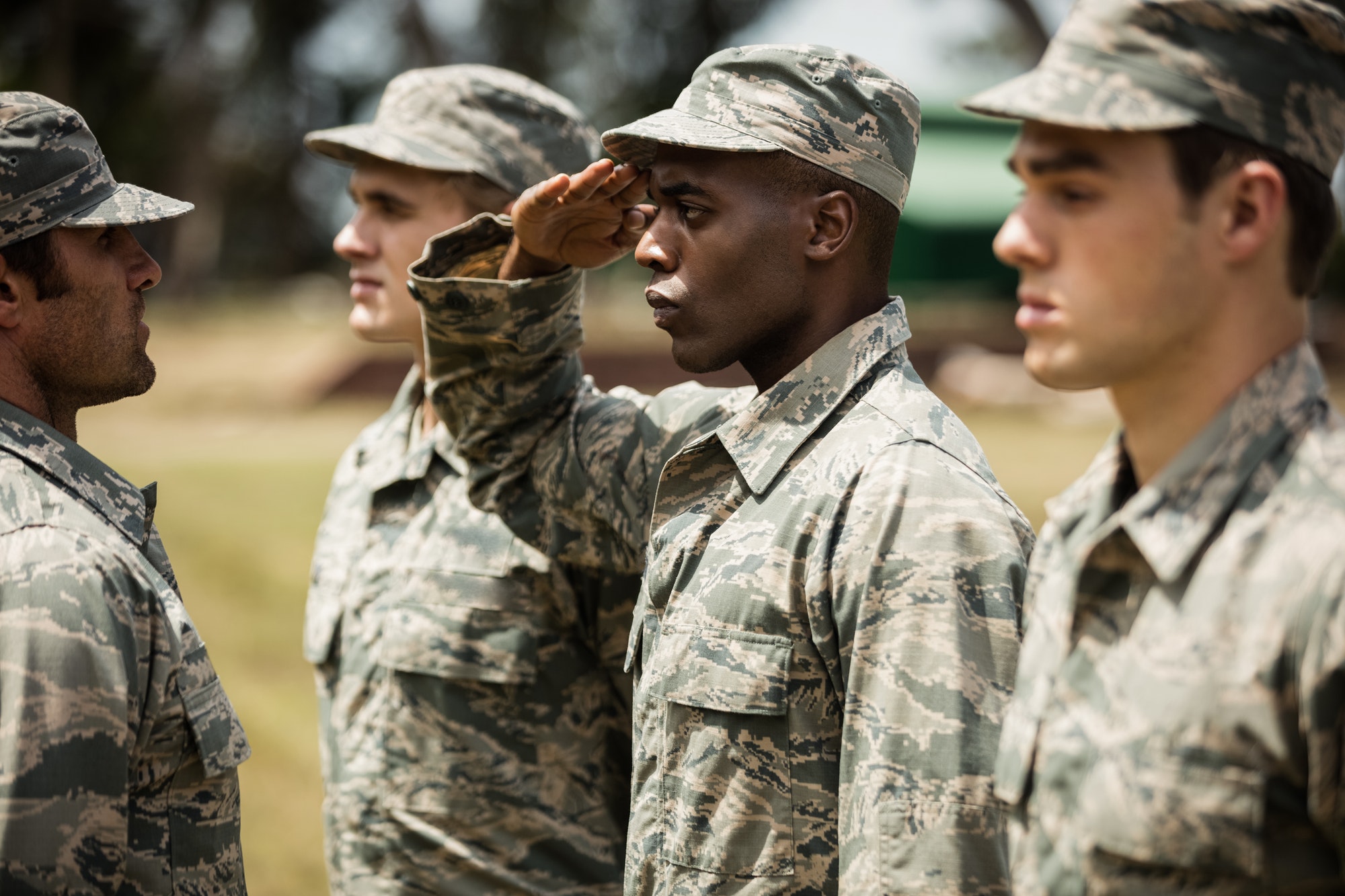The summit attracted over 1,500 attendees from various sectors, such as oil and gas, power and utilities, renewables, mining, construction, and emergency management. The summit featured over 100 speakers, 80 exhibitors, and 8 forums, covering topics such as drone operations, robotics inspection, data analytics, methane strategies, drone delivery, and marine robotics.
The summit showcased the latest innovations, trends, and challenges in the energy drone and robotics industry, and provided a platform for networking, learning, and collaboration among the key stakeholders. Here are some of the main takeaways from the summit:

Drones and robotics are transforming the energy industry
One of the key messages from the summit was that drones and robotics are transforming the energy industry, by offering new capabilities, opportunities, and challenges for various actors. Drones and robotics can help improve the efficiency, safety, and sustainability of energy operations, by performing tasks such as surveillance, inspection, maintenance, repair, and delivery, in remote, dangerous, or inaccessible areas. Drones and robotics can also help reduce costs, emissions, and risks, and enhance data quality, accuracy, and reliability.
For example, BP, one of the leading energy companies in the world, shared how they use drones and robotics to optimize their operations, such as using drones to inspect offshore platforms, using robots to clean pipelines, and using AI to analyze data. BP also highlighted the benefits of drones and robotics, such as saving time, money, and resources, improving safety and performance, and reducing environmental impact.
Another example is Shell, another leading energy company, who demonstrated how they use drones and robotics to innovate their operations, such as using drones to monitor flaring, using robots to inspect tanks, and using AI to optimize production. Shell also emphasized the importance of drones and robotics, such as enabling new solutions, creating new value, and enhancing competitive advantage.

Drones and robotics face various challenges and risks
Another key message from the summit was that drones and robotics face various challenges and risks, such as technical, regulatory, security, and social issues, that need to be addressed and overcome. Drones and robotics require advanced technologies, standards, and protocols, to ensure their functionality, interoperability, and compatibility. Drones and robotics also require clear and consistent regulations, policies, and guidelines, to ensure their compliance, accountability, and responsibility. Drones and robotics also require robust and reliable security measures, to ensure their protection, privacy, and integrity. Drones and robotics also require proper and effective communication and education, to ensure their acceptance, trust, and confidence.
For example, the Federal Aviation Administration (FAA), the US agency responsible for regulating and overseeing civil aviation, shared how they regulate and facilitate the integration of drones into the national airspace system, such as issuing rules, waivers, and authorizations, conducting inspections and investigations, and providing guidance and resources. The FAA also discussed the challenges and opportunities of drones, such as ensuring safety, security, and efficiency, promoting innovation and development, and collaborating with stakeholders.
Another example is the Drone Security Without Sacrifice panel, which featured experts from various organizations, such as DRONELIFE, Fortem Technologies, Dedrone, and WhiteFox Defense. The panel discussed the industry’s biggest cybersecurity concerns, such as hacking, spoofing, jamming, and rogue drones, and the solutions and best practices to address them, such as encryption, authentication, detection, and mitigation. The panel also highlighted the importance of cybersecurity, such as ensuring data security, operational security, and public safety.

Drones and robotics offer new possibilities and opportunities
A third key message from the summit was that drones and robotics offer new possibilities and opportunities, such as new forms and genres of drones and robotics, new applications and use cases, new markets and customers, and new partnerships and collaborations. Drones and robotics can enable new solutions, create new value, and generate new growth, by exploring, experimenting, and improvising with different possibilities, and producing novel, diverse, and high-quality outputs. Drones and robotics can also leverage data and AI to enhance their capabilities, performance, and intelligence, and to provide insights, recommendations, and predictions.
For example, Google AI Studio, a platform that enables developers to integrate Gemini models with an easy and safe API, quickly develop prompts, and transform ideas into code to build new forms and genres of drones and robotics, such as games, stories, art, and more, using drones such as ChatGPT, DALL-E, Bard, and Midjourney. Google AI Studio also showcased some of the projects and products that have been created using the platform, such as Stable Diffusion, a new form and genre of drone that can create realistic and artistic videos based on a text prompt or a video clip.
Another example is the Industrial Drone Delivery and Autonomous Cargo Forum, which featured speakers and exhibitors from various companies, such as Volansi, Skyports, Wingcopter, and Matternet. The forum discussed the current and future trends, technologies, and challenges of drone delivery and autonomous cargo, such as regulations, standards, infrastructure, and operations. The forum also demonstrated the benefits and opportunities of drone delivery and autonomous cargo, such as improving logistics, efficiency, and sustainability, and serving new markets, customers, and needs.





